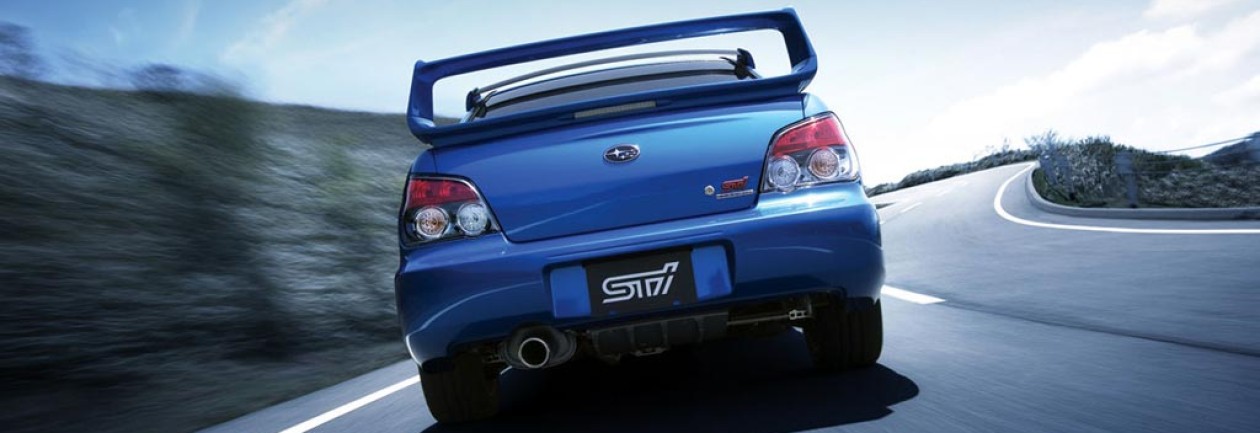What is a dual friction clutch? A dual friction clutch is when two different friction material facings are applied to each side of the clutch disk. For added performance and service life, Kevlar is added to the pressure plate side of the clutch disk and the other side remains organic. For street and strip, a dual friction disk is often a combo of Kevlar and metal. The one flaw in this logic is that your overall holding power is then limited to the weakest holding material.
Which clutch material is right for my car? This depends on your configuration and the manufacturer’s specifications. Each manufacturer has their own “recipe” for each clutch material type so that Manufacturer A’s organic clutch material (for example) can be quite different from Manufacturer B’s organic clutch material. Many clutch materials can be doped with other materials to provide different characteristics than would be expected of that particular type of clutch material. Changing to a more aggressive clutch material can gain increases of 10% to as high as 60% in the amount of torque they can hold.
As to the rating of clutches, most manufacturers rate their clutches to the point of slip, instead of being able to sustain long term use at specified ratings. Torque ratings are based off of the average torque per crank rotation, if you buy a clutch which is border line with the amount of torque you put out, chances are its going to start slipping sooner than later.
Do I need a sprung or unsprung clutch? Many do not consider this an important issue. A sprung clutch allows it to act similarly to springs on a car. In this fashion, the clutch is “engaged”, slack is taken out of the springs, and then the clutch is fully engaged. The actual amount of travel of these springs in only a few millimeters. The theory is that the springs will dampen the engagement slightly and to soften driveline shock and reduce associated clutch engagement noise. To generalize, sprung clutches are preferred for street use and unsprung clutches are preferred for racing applications.

What are the various clutch construction methods?
a. Full face
b. Segmented*
c. Windowed*
d. Puck (AKA Paddle)
e. Multi Disc (AKA Multi Plate)
*These two construction methods represent the same reasoning and methodology with two different construction techniques depending on the manufacturer.

Full faced: Full round facing of material or full face with slight separations similar to sprung and unsprung clutch photo shown above.
Segmented: Generally associated with Kevlar clutches. The missing sections are designed for greater heat dissipation.
Windowed: Generally associated with Kevlar clutches. The missing sections are designed for greater heat dissipation.
Puck (AKA Paddle): Generally associated with higher power vehicles. Careful consideration should be given prior to using this type of clutch.
Multi Disc (AKA Multi Plate): Generally associated with higher power vehicles. Careful consideration should be given prior to using this type of clutch
Full faced: Full round facing of material or full face with slight separations similar to sprung and unsprung clutch photo shown above.
Segmented: Generally associated with Kevlar clutches. The missing sections are designed for greater heat dissipation.
Windowed: Generally associated with Kevlar clutches. The missing sections are designed for greater heat dissipation.
Puck (AKA Paddle): Generally associated with higher power vehicles. Careful consideration should be given prior to using this type of clutch.
Multi Disc (AKA Multi Plate): Generally associated with higher power vehicles. Careful consideration should be given prior to using this type of clutch.
What causes increased clutch pedal pressure? Pressure plate clamp force. Just because you buy an aftermarket clutch does not mean you have to have a heavy clutch pedal. The amount of increase over the OEM clutch pedal pressure is dependent upon what the pressure plate manufacturer’s specifications are.
Are there any drawbacks to high clamping pressure plates? Generally speaking, the higher clamping pressure of the pressure plate, the higher pressure you induce on your crankshaft thrust bearings.
Can I use XXX’s pressure plate on YYY’s clutch? No. All manufacturers plainly state to use the same brand components, so if you go with YYY, use all YYY components.
